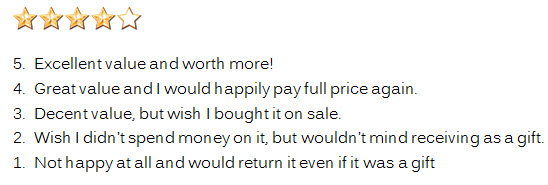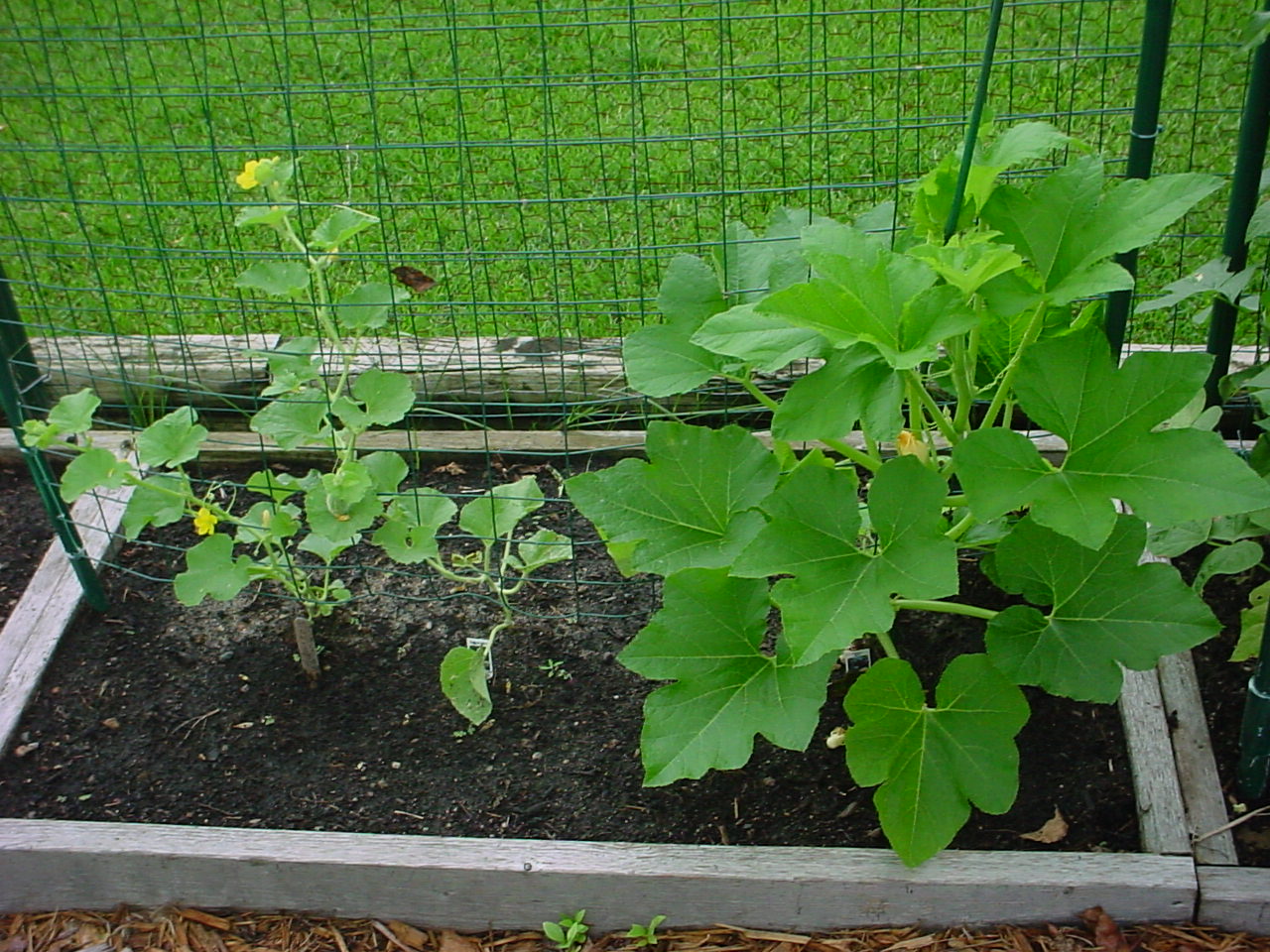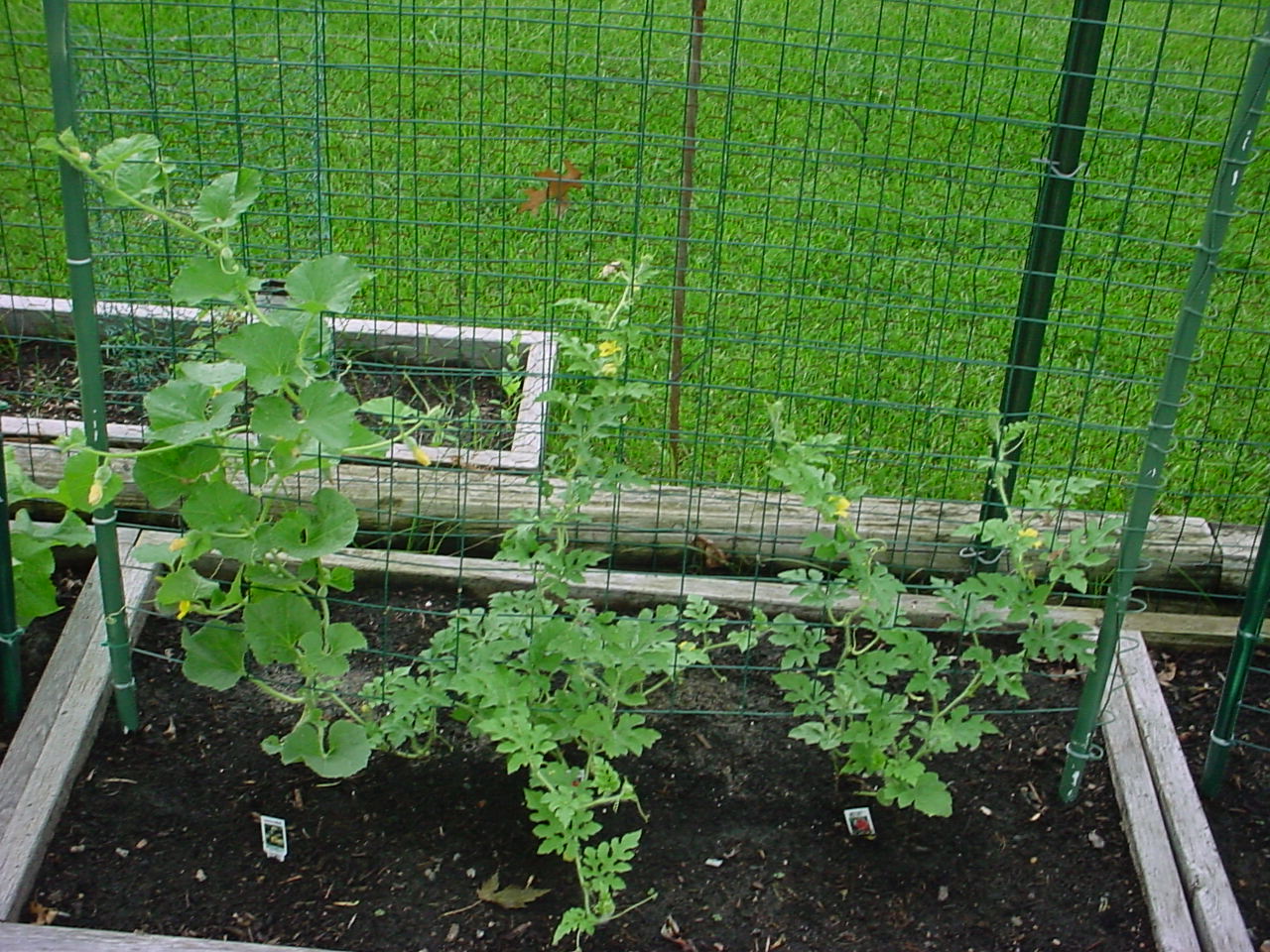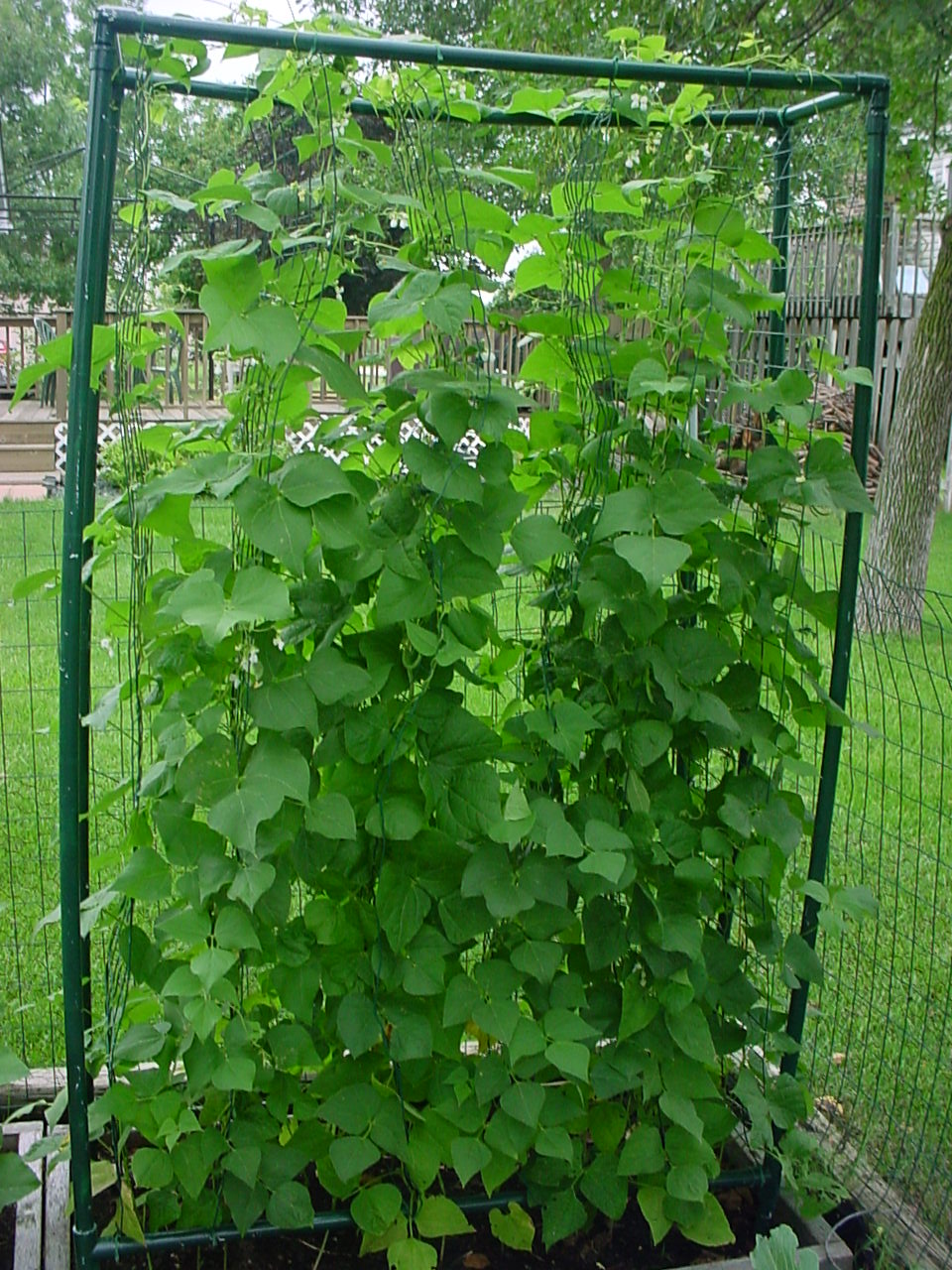Today I thought that I would list some of the gardening resources I have used. I’m sure some of you have others, please add them in the comments and I’ll add them to the list. All descriptions are taken from the site that I am linking to.
Sites to order seeds.
Seed Savers Exchange
“Seed Savers Exchange is a non-profit organization dedicated to saving and sharing heirloom seeds. Since 1975, our members have been passing on our garden heritage by collecting and distributing thousands of samples of rare garden seeds to other gardeners”
Seeds of Change
“In 1989, Seeds of Change began with a simple mission: to preserve biodiversity and promote sustainable, organic agriculture. By cultivating and sharing an extensive range of organically grown vegetable, flower, herb and cover crop seeds, we have honored that mission for almost 25 years.”
Baker Creek Heirloom Seeds
“Located in South Western Pennsylvania, we are a small, family run seed house that has been in the mail order business since 1988. When we started this business, our first priority was to offer old fashioned vegetables noted for their taste. All of the varieties we offer are open pollinated (non hybrid) and have been grown by generations of backyard gardeners. ”
Magazine
Organic Gardening Magazine
All descriptions are taken from the site that I am linking to.
Books
book descriptions taken from Amazon
Organic Gardening (Botanica’s Pocket)
Ranging from A to Z, Botanica’s pocket series presents more than 2,000 plant descriptions, each accompanied by brilliant color photographs. Every description includes tips on care and location, information on origins, planting and blooming times, forms of growth, frost hardiness and suggestions for beautiful arrangements. A treasure chest for every gardener and nature lover: for browsing, learning, seeking and finding.
The Organic Gardener’s Handbook of Natural Insect and Disease Control: A Complete Problem-Solving Guide to Keeping Your Garden and Yard Healthy Without Chemicals
End your worries about garden problems with safe, effective solutions from The Organic Gardener’s Handbook of Natural Insect and Disease Control!
* Easy-to-use problem-solving encyclopedia covers more than 200 vegetables, fruits, herbs, flowers, trees, and shrubs
* Complete directions on how, when, and where to use preventive methods, insect traps and barriers, biocontrols, homemade remedies, botanical insecticides, and more
* More than 350 color photos for quick identification of insect pests, beneficial insects, and plant diseases.
Seed to Seed: Seed Saving and Growing Techniques for Vegetable Gardeners, 2nd Edition
Seed to Seed is a complete seed-saving guide that describes specific techniques for saving the seeds of 160 different vegetables. This book contains detailed information about each vegetable, including its botanical classification, flower structure and means of pollination, required population size, isolation distance, techniques for caging or hand-pollination, and also the proper methods for harvesting, drying, cleaning, and storing the seeds.
Rodale’s Ultimate Encyclopedia of Organic Gardening: The Indispensable Green Resource for Every Gardener
Rodale’s Ultimate Encyclopedia of Organic Gardening has been the go-to resource for gardeners for more than 50 years—and the best tool novices can buy to start applying organic methods to their fruit and vegetable crops, herbs, trees and shrubs, perennials, annuals, and lawns. This thoroughly revised and updated version highlights new organic pest controls, new fertilizer products, improved gardening techniques, the latest organic soil practices, and new trends in garden design.
Insect, Disease & Weed I.D. Guide: Find-It-Fast Organic Solutions for Your Garden (Rodale Organic Gardening Book)
What is it? Why is it in your garden? How can you make it go away? Or should you try to keep it there? Use this book to know what’s what in your garden, lawn, and landscape. Uncover the identity of each garden mystery you meet, them learn exactly what– if anything– to do about it. From banishing pests and diseases to wiping out weeds to creating a haven for garden good guys, you’ll find safe, sensible, all-organic recommendations to help you make the best choices for our garden.
All New Square Foot Gardening, Second Edition: The Revolutionary Way to Grow More In Less Space
“Bartholomew, author of the popular Square Foot Gardening (1981), has refined his original square-foot gardening concept by adding ten improvements, including a new location for the garden that is closer to the house, a special soil mix, and six-inch deep, 4′ x 4′ above-ground boxes with grids. His techniques do not require heavy digging or fertilizers and feature advice on using vertical gardening to save space. He clearly explains the square-foot concept, from the rationale behind it (the square-foot garden takes up much less space than traditional row gardening and saves time, money, and aggravation) to how to plan the garden, build the boxes and vertical supports, and employ his planting and cultural techniques. There are also helpful charts for succession planting and spacing plants and a schedule for starting seeds indoors. Despite its somewhat annoying tendency to read like an infomercial, this attractive, easy-to-understand, and well-organized book for both novice and experienced gardeners is recommended for all libraries.” — Library Journal
The Vegetable Gardener’s Bible (10th Anniversary Edition)
The invaluable resource for home food gardeners! Ed Smith’s W-O-R-D system has helped countless gardeners grow an abundance of vegetables and herbs. And those tomatoes and zucchini and basil and cucumbers have nourished countless families, neighbors, and friends with delicious, fresh produce. The Vegetable Gardener’s Bible is essential reading for locavores in every corner of North America!
Everything you loved about the first edition of The Vegetable Gardener’s Bible is still here: friendly, accessible language; full-color photography; comprehensive vegetable specific information in the A-to-Z section; ahead-of-its-time commitment to organic methods; and much more.
The Heirloom Life Gardener: The Baker Creek Way of Growing Your Own Food Easily and Naturally
Tired of genetically modified food every day, Americans are moving more toward eating natural, locally grown food that is free of pesticides and preservatives—and there is no better way to ensure this than to grow it yourself. Anyone can start a garden, whether in a backyard or on a city rooftop; but what they need to truly succeed is The Heirloom Life Gardener, a comprehensive guide to cultivating heirloom vegetables.
In this invaluable resource, Jere and Emilee Gettle, cofounders of the Baker Creek Heirloom Seed Company, offer a wealth of knowledge to every kind of gardener—experienced pros and novices alike. In his friendly voice, complemented by gorgeous photographs, Jere gives planting, growing, harvesting, and seed saving tips. In addition, an extensive A to Z Growing Guide includes amazing heirloom varieties that many people have never even seen. From seed collecting to the history of seed varieties and name origins, Jere takes you far beyond the heirloom tomato. This is the first book of its kind that is not only a guide to growing beautiful and delicious vegetables, but also a way to join the movement of people who long for real food and a truer way of living.
Earth User’s Guide to Permaculture, 2nd Edition
The principle for permaculture is simple: provide back to the earth what we take from it to create a sustainable environment. The three principle aims are: Care for people; Care for the earth; and Redistributing everything surplus to one’s needs.
This completely revised and updated edition of Rosemary Morrow’s highly successful Earth User’s Guide to Permaculture is a straight-forward manual of practical permaculture. Fundamentally, permaculture is design science and in this new edition design is emphasised. This book will be most beneficial if you apply it to the space where you live and work. The same principles apply for becoming more sustainable and living lightly whether you live in a small city apartment with a balcony, in a house with a garden in the suburbs, or on acreage in the country.
Included in this new edition are chapters on seed-saving, permaculture at work, integrated pest management, information about domestic as well as rural water usage, a non-destructive approach towards dealing with weeds and wildlife, and designing to withstand a disaster.
Earth User’s Guide to Permaculture is suitable for beginners as well as experienced permaculture practitioners looking for new ideas in moving towards greater self-reliance and sustainable living.
Please click here to vote for Prepared Christian as a top Prepper site!
If you liked this article please think about sharing it on the social media listed below, thanks!


















